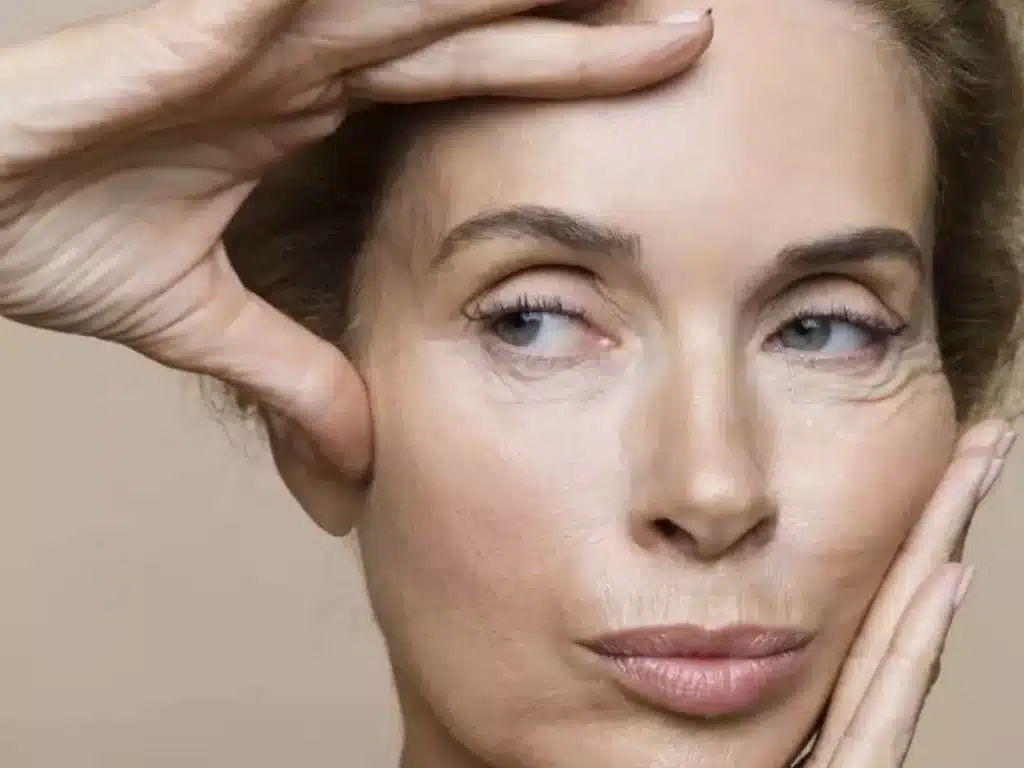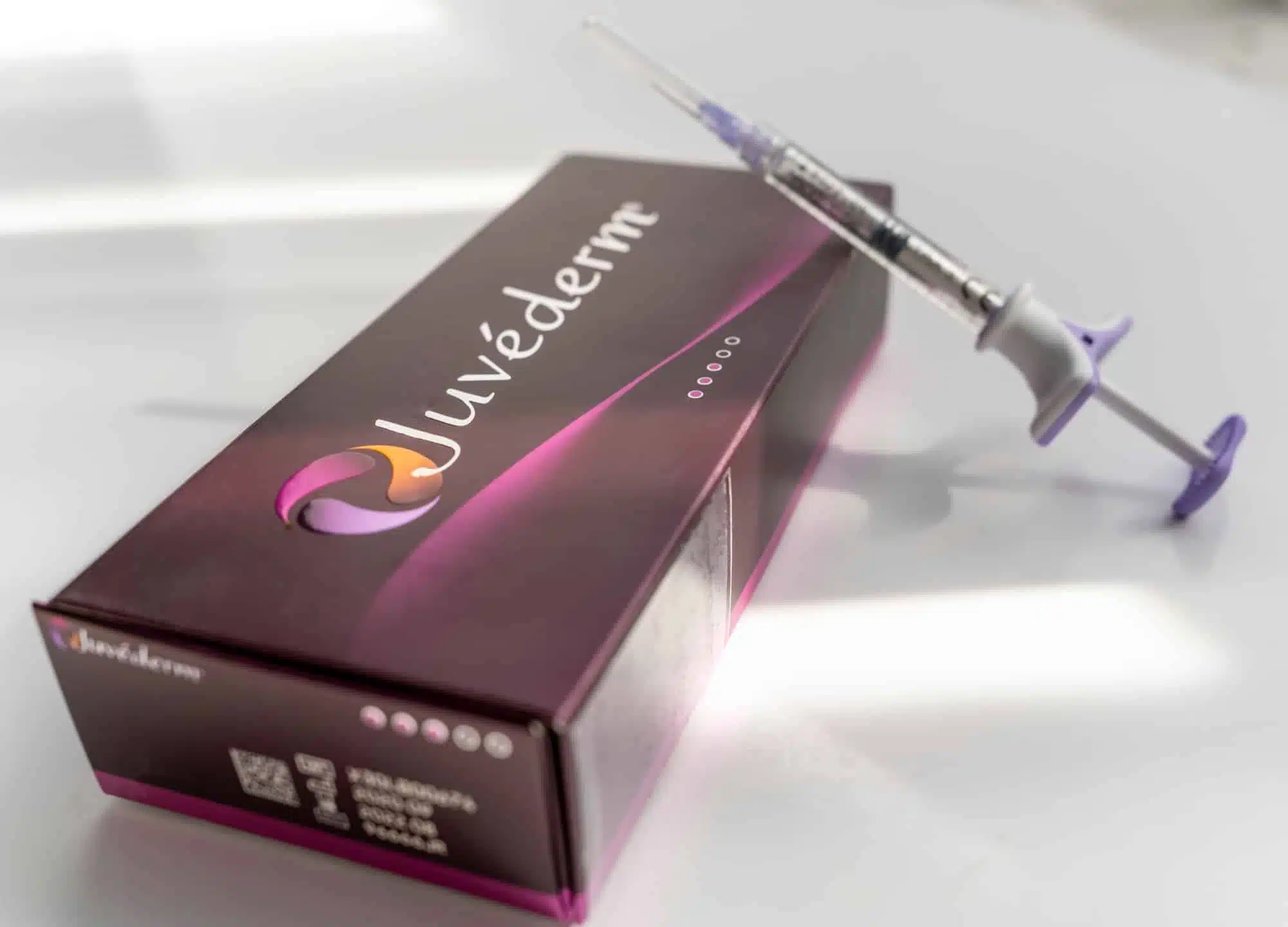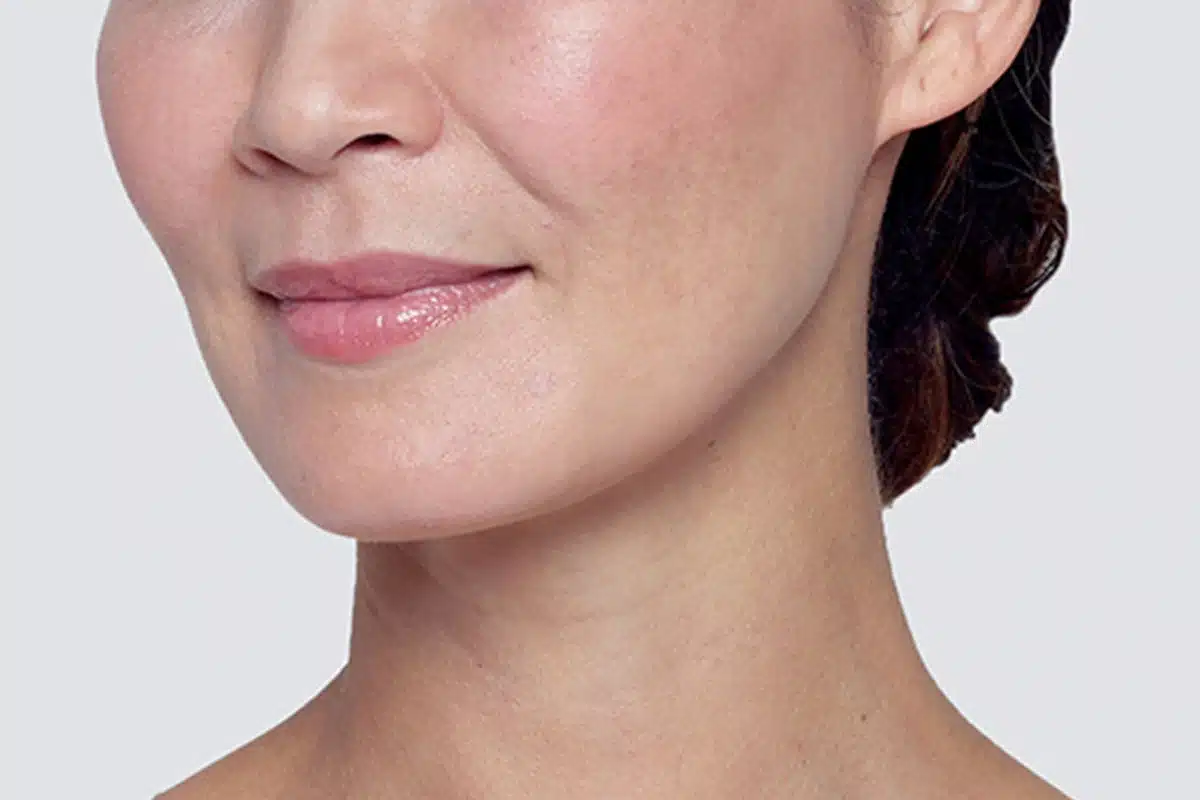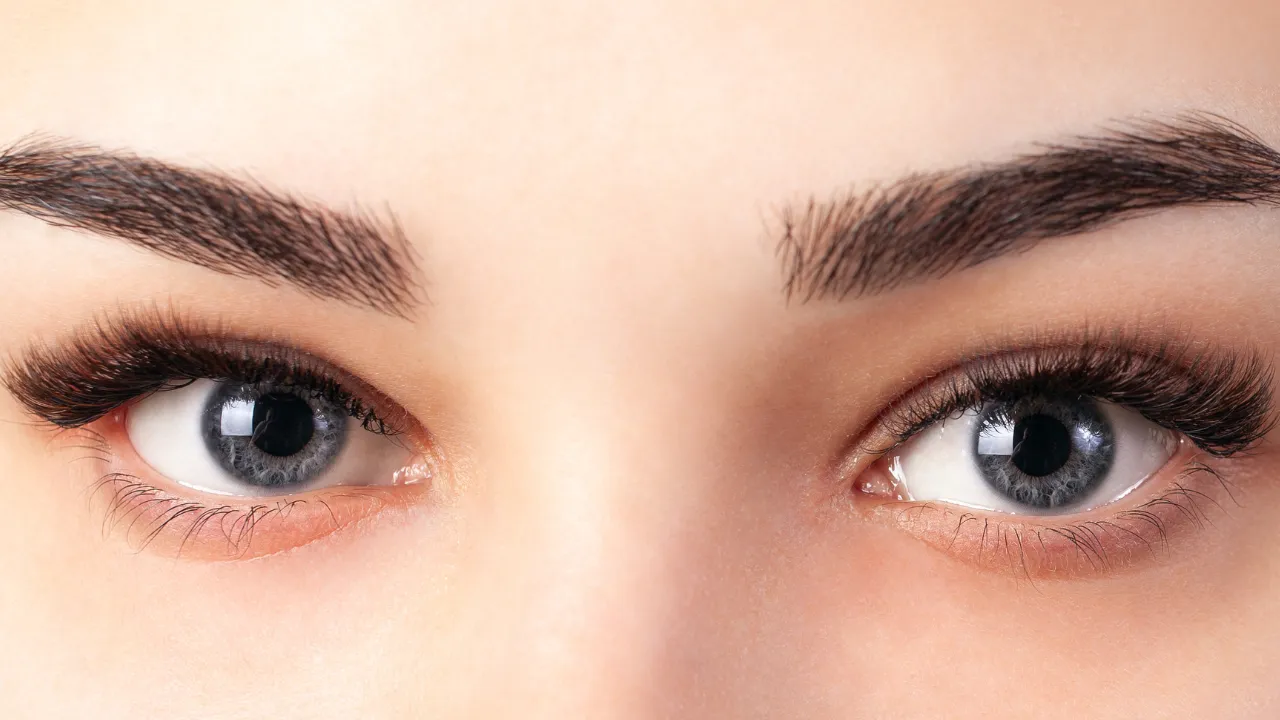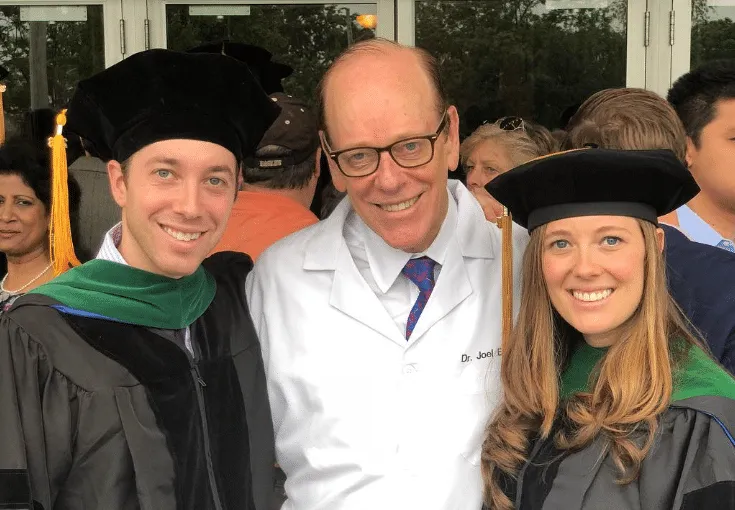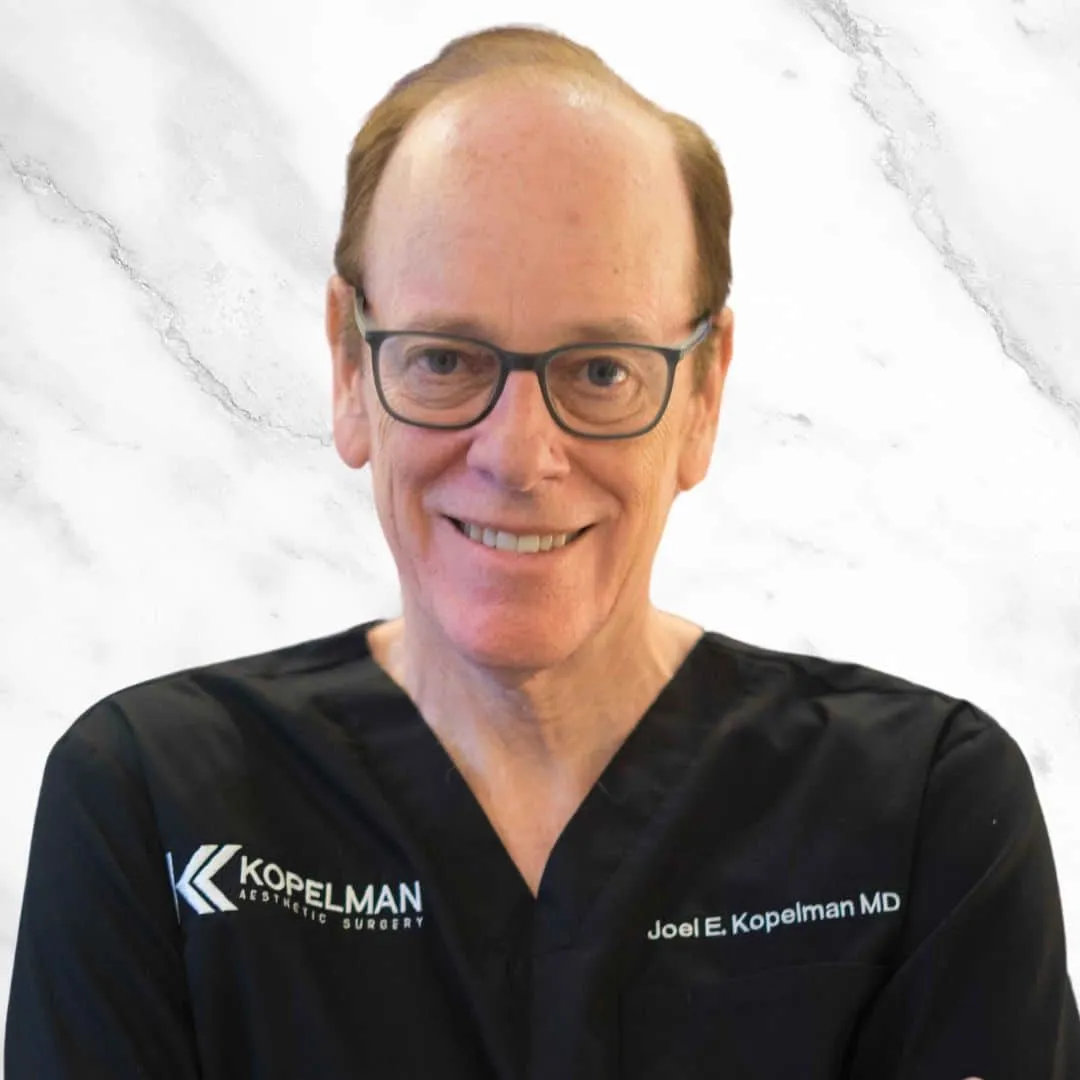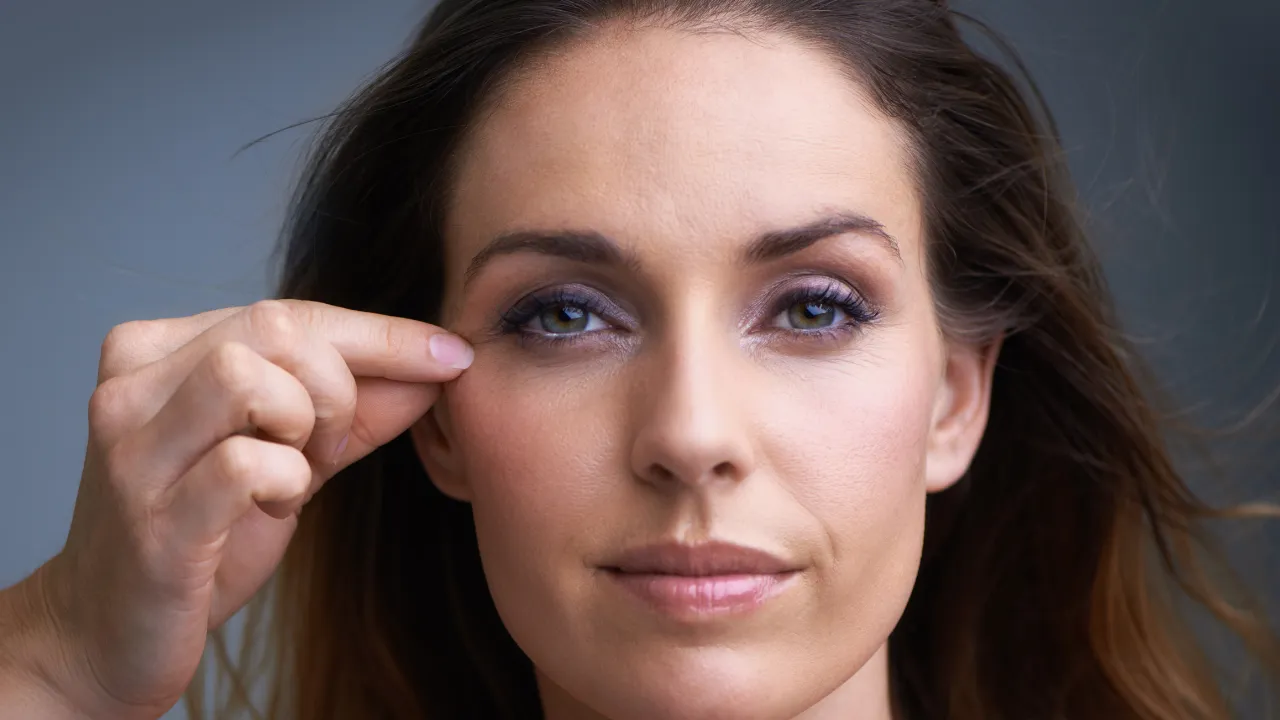Dr. Joel Kopelman, a leading facial plastic and oculoplastic surgeon in New York, offers advanced saggy cheeks treatment options for patients seeking natural and lasting results. At Kopelman Aesthetic Surgery, the focus is on precision, safety, and customized care.
If you’re looking for the best way to treat sagging cheeks, options range from non-invasive tightening techniques to surgical cheek lifts, depending on your age, skin condition, and desired outcome.
Table of Contents
ToggleWhy Cheeks Start to Sag
Sagging face cheeks are usually caused by a natural decline in collagen and elastin, the proteins that keep skin firm and youthful. As these proteins decrease with age, the skin loses its ability to maintain a lifted appearance.
The aging process also affects fat distribution, facial muscles, and skin density. Combined, these changes cause deeper folds, loss of volume, and sagging contours across the midface and jawline.
Other factors, such as sun exposure, smoking, and genetics, can also accelerate these changes in facial skin. Even weight loss can accentuate sagging over time.
Cheek sagging often starts as early as the 30s or 40s, especially around the nasolabial folds, where skin creases deepen as volume shifts downward.
Top 7 Non-Surgical Treatments
Non-surgical cheek lift options have become increasingly popular for individuals seeking visible improvement without downtime. These cosmetic procedures are ideal for mild to moderate sagging cheeks and often involve in-office treatments.
Patients looking to lift their cheeks without surgery can explore several effective non-invasive or minimally invasive treatments:
- Dermal Fillers (e.g., hyaluronic acid) – Restore midface volume and enhance cheek contours instantly.
- Ultrasound Therapy (Ultherapy) – Uses focused ultrasound to stimulate collagen production and tighten deep skin layers.
- Radiofrequency (RF) Skin Tightening – Gently heats the dermis to promote firmness and elasticity by triggering the production of collagen.
- Thread Lifts – Insert dissolvable threads under the skin to lift and reposition sagging tissue.
- Microneedling with RF (e.g., Morpheus8) – Combines skin resurfacing with radiofrequency to firm the skin and support collagen regeneration.
- Laser Skin Tightening – Uses thermal energy to improve skin tone and texture with minimal downtime.
- Injectable Biostimulators (e.g., Sculptra) – Stimulate natural collagen growth for gradual lifting and volume restoration.
Each method offers subtle yet effective results and can be performed in less than an hour. Dr. Kopelman often combines these treatments based on each patient’s skin elasticity and facial structure.
Natural and At-Home Treatments
For early-stage concerns, many patients ask how to address sagging cheeks naturally. While home solutions cannot fully reverse drooping cheeks, they can support overall skin quality and delay further sagging.
Popular at-home methods include:
- Daily use of firming creams with peptides or retinol.
- Facial massage tools like gua sha or rollers to improve blood flow.
- LED light therapy devices designed for skin tightening.
- Hydration, nutrition, and avoiding sun exposure are essential for maintaining facial skin health.
These methods are best for maintenance or prevention and work well as part of a long-term skincare plan.
Facial Exercises for Lifting Cheeks
Facial exercises offer a low-cost option to help improve tone and cheek definition. They work by stimulating facial muscles, which may support the skin and underlying tissue.
Examples include:
- Cheek lifts – Smile widely while lifting the cheeks with your fingertips. Hold for 10 seconds.
- The “O” Exercise – Make an “O” with your mouth and try to smile without breaking the shape.
- Tongue Presses – Press the tongue to the roof of the mouth while smiling slightly.
These movements can support cheek tightening over time when practiced consistently.
Surgical and Advanced Options
For more advanced cases of sagging cheeks, surgical cheek lifting remains the most effective and long-lasting solution. Dr. Kopelman performs lift surgeries, such as midface lifts, to reposition deep tissues and restore the natural contour.
Surgical options include:
- Midface Lift – Focuses on lifting the cheeks and under-eye area.
- Full Facelift or Neck Lift – Best for widespread sagging across the face and neck.
- Fat Grafting – Adds volume using your own fat to improve cheek structure.
These cosmetic surgery procedures are tailored to the individual’s anatomy and goals. While they are more invasive procedures, they offer significant and lasting improvement. Each surgical procedure is carefully planned to target the deep layers of the face for structural rejuvenation.
How to Choose the Right Cheek Treatment for You
Many patients wonder how to lift sagging cheeks effectively without unnecessary risks. The answer depends on several factors: skin condition, age, severity of sagging, and your expectations.
Here’s a basic guide:
- Mild sagging → Consider non-surgical treatments like ultrasound or fillers.
- Moderate issues → Thread lifts or combination treatments.
- Advanced sagging → Surgical options such as cheek lift or neck lift for broader correction.
A personalized plan from qualified plastic surgeons like Dr. Kopelman ensures that each treatment aligns with your facial structure and goals.
Results, Recovery, and What to Expect
Recovery and results depend on the procedure type. Understanding the typical recovery time helps you prepare and set realistic expectations.
- Non-surgical treatments often involve no downtime and mild swelling that resolves in days.
- Surgical cheek lifts require 1–2 weeks of recovery and deliver longer-lasting results.
- Many patients see improved volume, definition, and cheek tightening in the first few weeks.
If you’re wondering what I can use to lift my face, the answer depends on the severity of sagging and your desired outcome. Options range from hyaluronic acid fillers and thread lifts to surgical procedures that restore structure at a deeper level.
Dr. Kopelman provides a detailed recovery plan for each treatment to ensure proper healing and optimal results.
Common Myths About Sagging Face Cheeks
Misinformation about facial aging often leads to confusion or unrealistic expectations. Let’s clear up a few myths:
- “Only older adults get drooping cheeks.” Sagging can begin in your 30s.
- “Cheek lifts look fake.” – In expert hands, results are subtle and natural.
- “Skincare alone is enoug.h” – It helps, but structural lifting requires targeted treatment.
- “Surgery is the only soluti.on” – Many cosmetic procedures are effective when used early.
Dr. Kopelman helps patients distinguish between myths and facts, and build realistic, informed plans. To learn which treatment is right for you, schedule a personalized consultation with Dr. Kopelman at Kopelman Aesthetic Surgery and receive expert guidance tailored to your goals.

